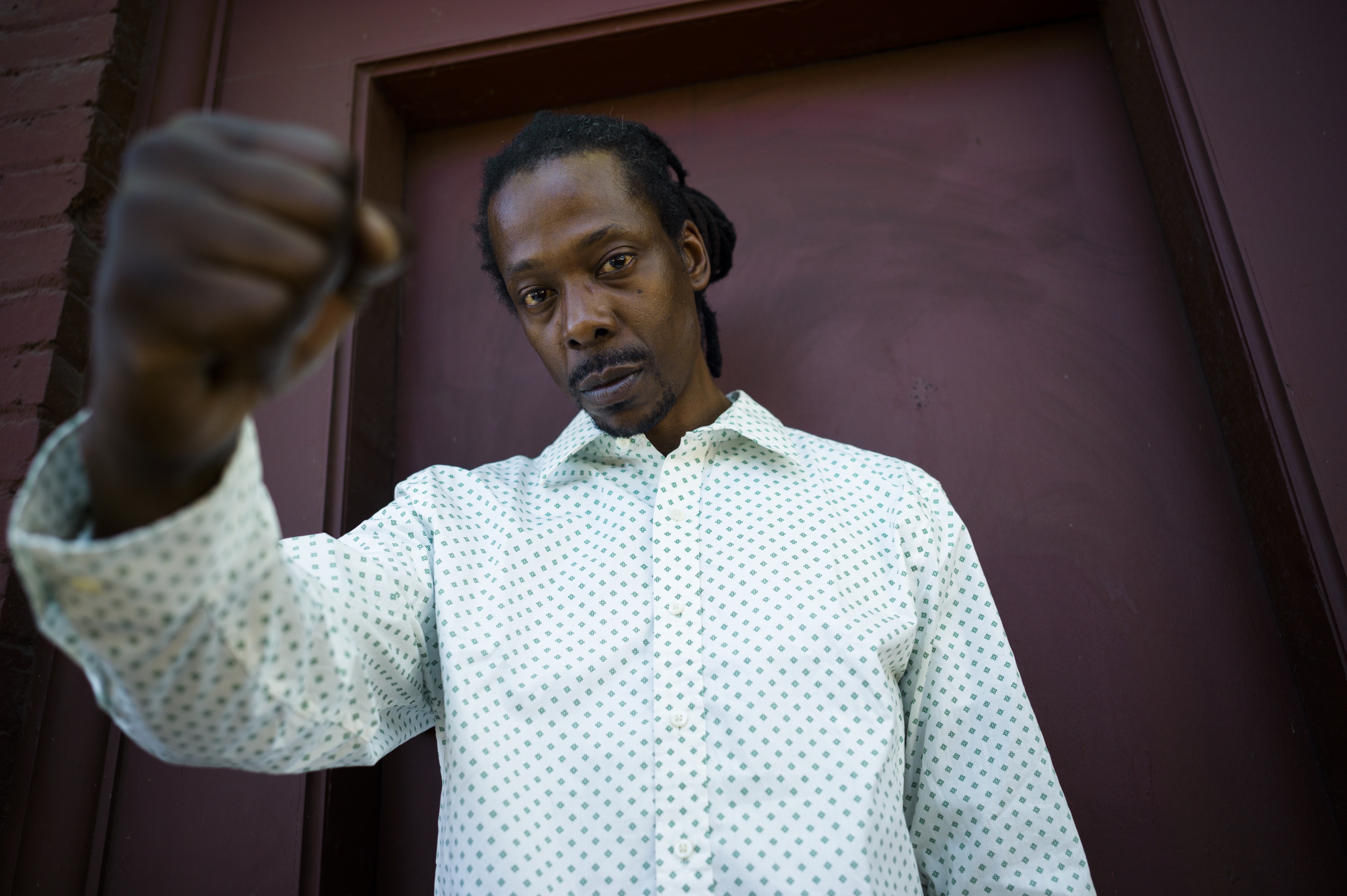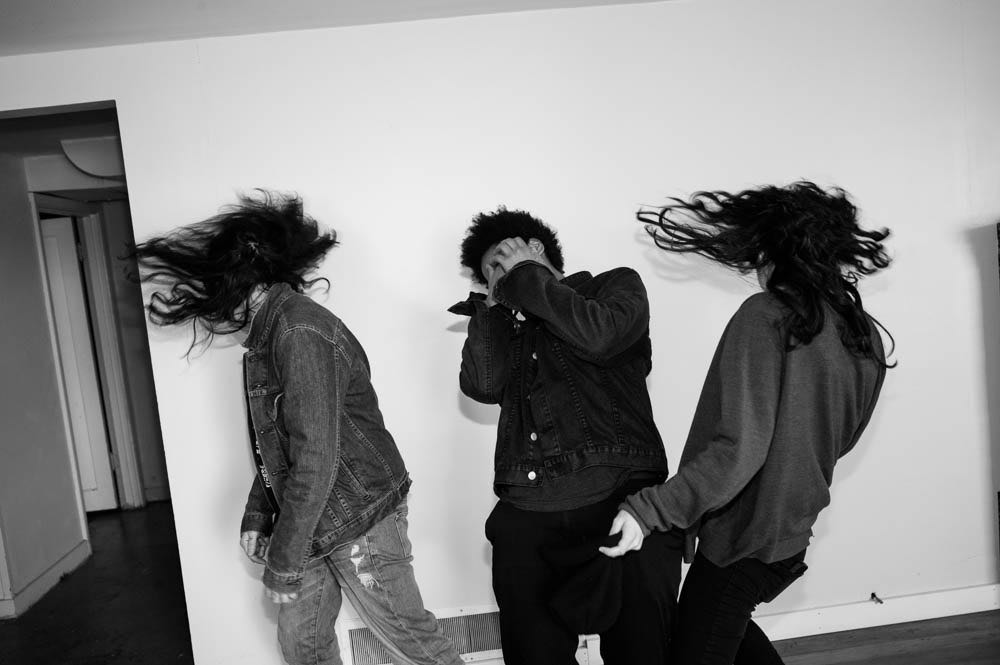One can break down Seattle hip-hop into four main movements. The first begins in the early ’80s and concludes in 1993, following Sir Mix-a-Lot’s apotheosis and subsequent canonization in hip-hop. The second is between 1994 and 2004, and coincides with the gentrification of the Central District (a transition best captured by Central Intelligence’s 2001’s “Real Estate”). The third begins in 2005 and ends in 2014, the year the Seattle rapper Macklemore consolidates his international fame.
The new period of hip-hop is in something like a state of confusion, with some headz desperately trying reproduce Macklemore’s success (I will not name names), and others doing what ever they were doing before 2014. Though those who are in the latter group tend to be more artistically meaningful than those in the former, their achievements have gone mostly unnoticed.
In walks Silas Blak, an emcee who has been a part of the 206 since the beginning of the second movement. His response to the challenges of the present conjuncture? In part to continue as he has done before, and in part to completely break with what he has done in the past. Also, to soundly reject market demands and values, but not to surrender his commitment to what Gang Starr famously called “mass appeal.” In short, he is on a path that is entirely his own. No one in Seattle is doing it like Silas.
This is how I can best describe his new #BlakFriday Mixtape, which defines his current approach to 206 hip-hop: It is an intoxicating blend of Silas Blak’s signature “prose combat” (if I may borrow an expression by the French rapper MC Solaar) style with beats that, though dense and slamming, are richly melodic. These are the sounds that are breaking new ground for Blak and Kjell Nelson, the producer of #BlakFriday Mixtape and almost everything else coming out of Cabin Games.
The jams and cuts Blak made in the ’90s (the second movement) with Jace ECAj as Silent Lambs Project where much more spare in melody and beat architecture. In the ’00s (post-Central District), when he, Jace, and soul singer Felicia Loud formed Black Stax, the music took a different and much less austere direction. And this made sense when you consider the times and the context. Silent Lambs Project was more on a black militancy tip, and Black Stax more on Afrocentric vibe. The former was about the confrontation with and destruction of structural racism; the latter about the construction of a new society. And this construction (or better yet, reconstruction) project was itself a response to the death of Seattle’s historical black community, the Central District. Blak cut his teeth as a rapper in Tacoma, for sure, but he entered the game in Seattle, in a CD that had the Langston Hughes Cultural Center and Vitamin D’s studio The Pharmacy as its bases of operations and dissemination. After losing a community in the real world, Black Stax turned to the production of a utopian black community in the world of its music and images (this is best seen in the video for the trio’s “Spell on You”).
In Blak’s new movement, which has its roots in a close relationship with rapper and label boss Redskin, the militancy and the utopianism is still in the rap but there is a lot else going on: Blak as a lover, Blak as a man of and in the city (checkout the video for the first masterpiece of the new movement: “Yeah,Yeah”), Blak as as person who is welcoming, and Blak as a person who can be, to use the words of the great South African blues singer Ray Phiri, “as difficult as a dead man.”
And Blak has a lot to say because his life–which began in New Jersey and was greatly shaped by experiences in rural Maysville, NC and the US Navy that delivered him to Tacoma–is complicated. And it is this complexity that best explains the source and function of his style, which is not so much about being verbally combative but, more accurately, about creating a new kind of space for himself in a society that has done everything it can to define and limit him. Yes, Blak can be aggressive but he is never angry. To miss this point, this distinction, is to miss the substance of much of his art.
Also, Blak is one of the few rappers in Seattle who can be described as an “organic intellectual” (a term invented by the Italian Marxist Antonio Gramsci). By this, I do not mean he is self-taught or something like that. No, Blak is part of a rich hip-hop tradition and he is very conscious of this tradition, and his place in it. There is no innocence with him, there is only experience. By organic, I mean, he does not draw from established intellectual traditions to legitimate his own intellectuality; he is just fearlessly heady. But no matter how recondite his rhymes are, they never lose contact with the rhythm, with the dance, the fundamental grooves of being and time.
In the new Cabin Games moment, the complexities of his life and the intellectualism of raps sync effortlessly with Nelson’s production brilliance. The tracks are dense but do not distract us from Blak’s own density. Maybe Blak has finally met his match? What ever the case might be, #BlakFriday Mixtape is truly in the past, truly in the future, and truly all yours.
Photograph courtesy of Charles Peterson.






